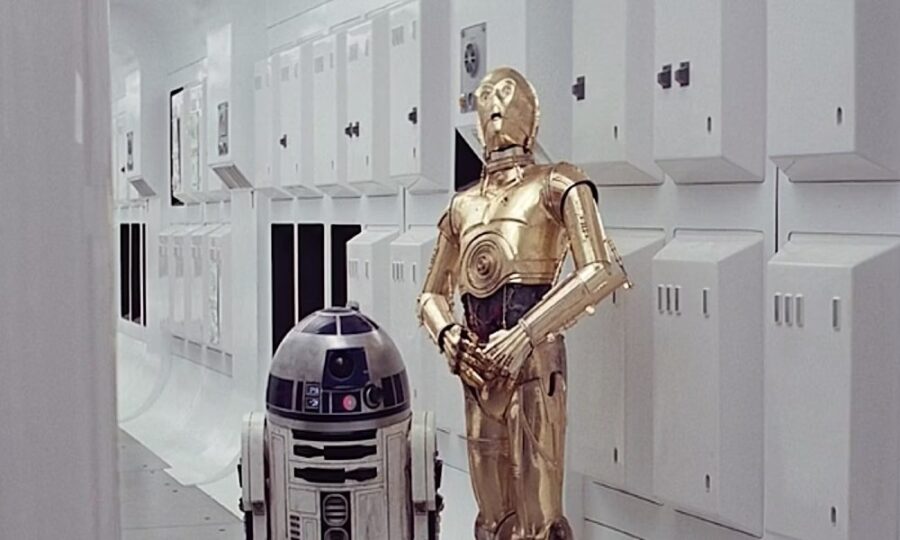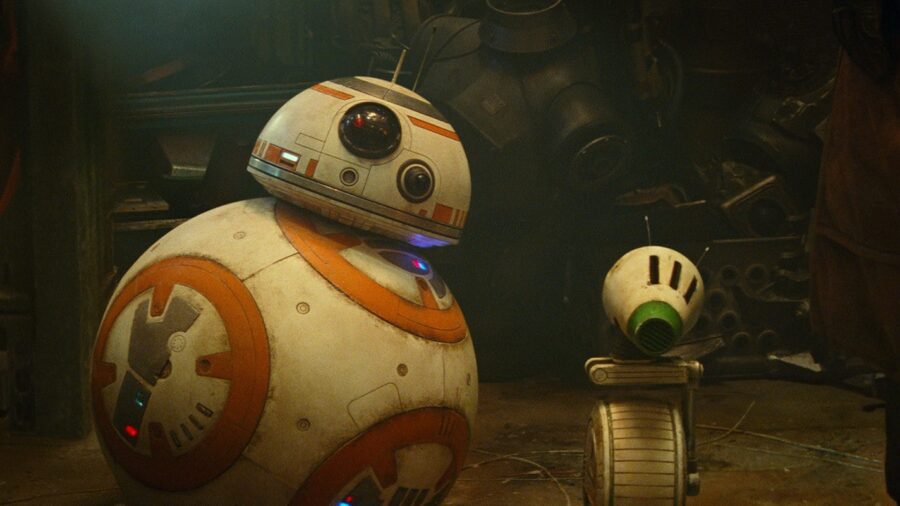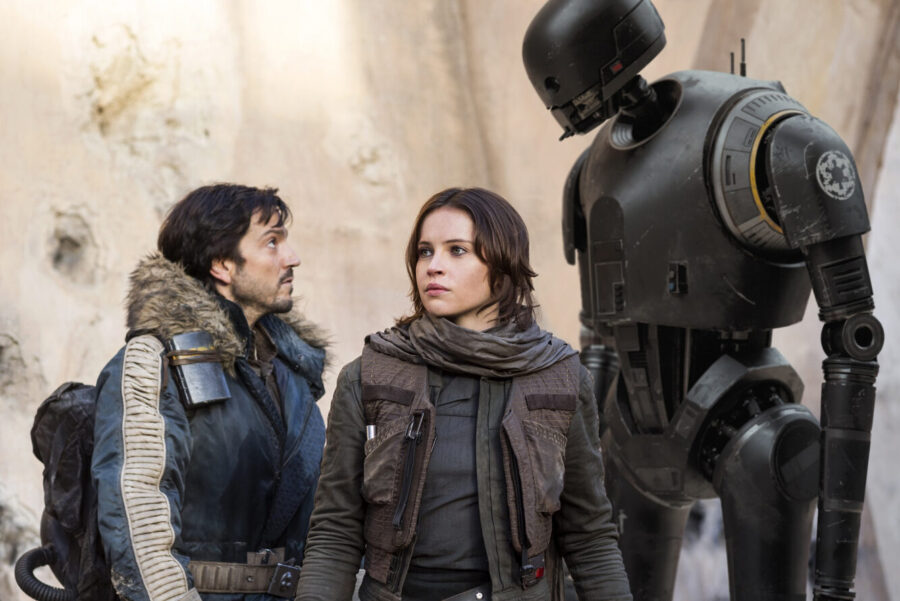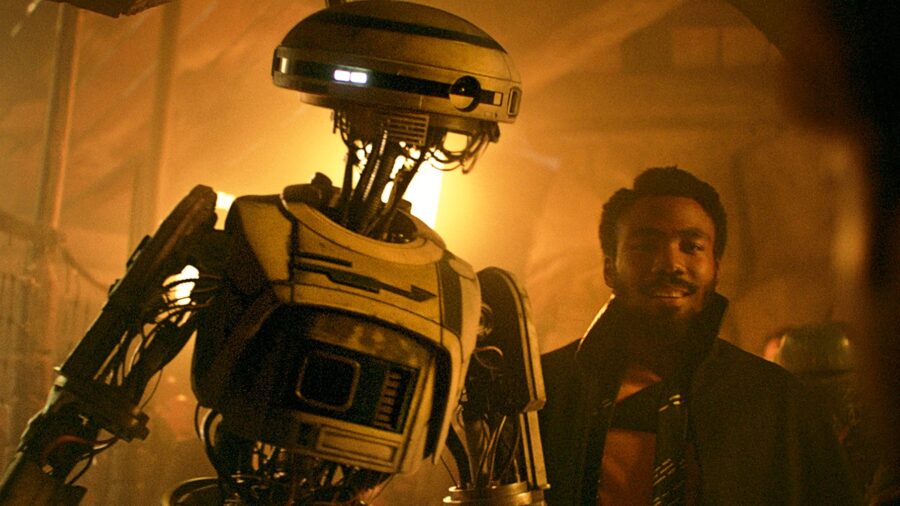Are Star Wars Droids Sentient AI Or Not?

One of the most common features in every Star Wars movie or TV show is the presence of droids. Most of the droids we see have well-established personalities, which brushes uncomfortably against the fact that everyone (even the good guys) in this Disney franchise relies on droids as a kind of artificial slave race. We decided to pursue the question of whether these droids should be considered as sentient AIs, and the answer is “yes” for some of the droids we see but not the majority of droids in a galaxy far, far away.
Right now, our most compelling argument that the majority of Star Wars droids are not sentient comes from 2018’s Star Wars: The Complete Visual Dictionary. That book makes it clear that the vast majority of droids in this universe are not sentient and simply carry out the various tasks they have been programmed for.
As long as they are periodically memory-wiped, they should never be able to develop into sentient beings.
To the average person, droids are like the equivalent of your fancy Keurig coffee maker: an impressive bit of technology that only really has to do one task pretty well.

However, we certainly see many Star Wars droids that have become more than the sum of their programming. The best example of this is, of course, R2-D2: as an astromech droid, he has only been programmed to help maintain and repair starships, but he has shown skills as everything from a spy to a skilled warrior.
Growing beyond his programming and taking independent actions certainly indicates that R2-D2 is sentient, but why did it happen to him and not to all droids throughout the galaxy?
K-2SO in Rogue One is clearly a sentient droid, which we can see with everything from his snippy sarcasm to his self-sacrifice.
The reason is simple: throughout Star Wars, R2-D2, C-3PO, and select other droids we see have gone long enough without having their memories wiped to develop sentience.
Therefore, when you see random droids in the background during scenes, it’s fair to assume most of them really are just mindlessly carrying out tasks they have been programmed to carry out. As long as they are periodically memory-wiped, they should never be able to develop into sentient beings.
Implicitly, it seems most Star Wars characters who own sentient droids either didn’t want to memory-wipe their droids or could not do so. For example, K-2SO in Rogue One is clearly a sentient droid, which we can see with everything from his snippy sarcasm to his self-sacrifice.

Since K-2SO is a former Imperial security droid that Cassian Andor reprogrammed, Andor likely doesn’t want to wipe his memory for fear of accidentally turning the droid back into a mindless servant of the Empire.
Droids And Slavery
Of course, one of the more uncomfortable aspects in Star Wars is the fact that, in addition to memory wiping, droid owners also use restraining bolts that are intended to limit movement and, implicitly, restrain most independent thought.
In Solo: A Star Wars Story, we are introduced to L3-37, a droid who developed a sense of self-awareness and began expanding her body and programming as soon as her owner forgot to put a restraining bolt back on. Perhaps the average person in this galaxy is aware, on some level, that the widespread use of restraining bolts is the only thing preventing a potential robot uprising.

And when it comes to Star Wars characters who presumably want their droids sentient, some of them are kind souls like Luke Skywalker, who (along with his friends) has benefited immensely from having creative, unrestrained droids with access to most of their memories (C-3PO, as you’ll recall, did have his memory wiped at the end of the prequel trilogy).
Some, though, are evil characters like Jabba, who famously has at least one droid who enjoys torture and other droids who scream with pain when they are getting tortured. These are also signs of sentience, and it seems that Jabba is simply a sadist who forgoes memory wiping so that even his robotic servants can be kept in line with a fear of pain and torment.












